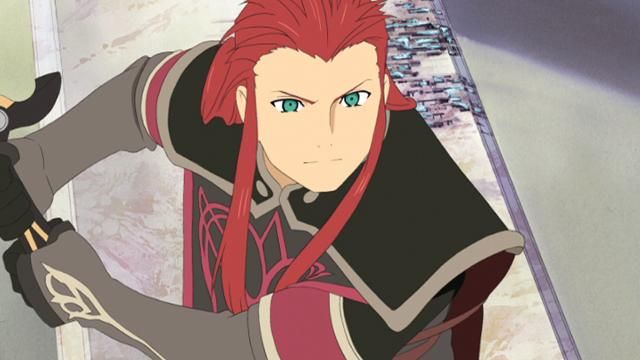

The earliest was Koei's Underground Exploration, released in March 1982. Japan's earliest RPGs were released in 1982. In the 1980s, Japanese developers produced a diverse array of creative, experimental computer RPGs, prior to mainstream titles such as Dragon Quest and Final Fantasy eventually cementing genre tropes by the 1990s. Early Japanese RPGs were also influenced by visual novel adventure games, which were developed by companies such as Enix, Square, Nihon Falcom and Koei before they moved onto developing RPGs.
TALES OF XILLIA 2 GAMEFAQS SERIES
The Wizardry series (translated by ASCII Entertainment) became popular and influential in Japan, even more so than at home.
TALES OF XILLIA 2 GAMEFAQS PC
Due to hardware differences, only a small portion of Japanese computer games were released in North America, as ports to either consoles (like the NES or Genesis) or American PC platforms (like MS-DOS). Japanese computers also employed Yamaha FM synthesis sound boards since the early 1980s, allowing video game music composers such as Yuzo Koshiro to produce highly regarded chiptune music for RPG companies such as Nihon Falcom. A key difference between Western and Japanese systems at the time was the latter's higher display resolutions (640x400) in order to accommodate Japanese text which in turn influenced game design.


The market eventually became dominated by the NEC PC-8801 and PC-9801, though with some competition from the Sharp X1 and X68000 FM-7 and FM Towns and MSX and MSX2. The country's computer market was very fragmented at first Lode Runner, for example, reportedly required 34 conversions to different hardware platforms. While the Japanese video game industry has long been viewed as console-centric in the Western world, due to the worldwide success of Japanese consoles beginning with the NES, the country had in fact produced thousands of commercial PC games from the late 1970s up until the mid-1990s, in addition to dōjin soft independent games.


 0 kommentar(er)
0 kommentar(er)
